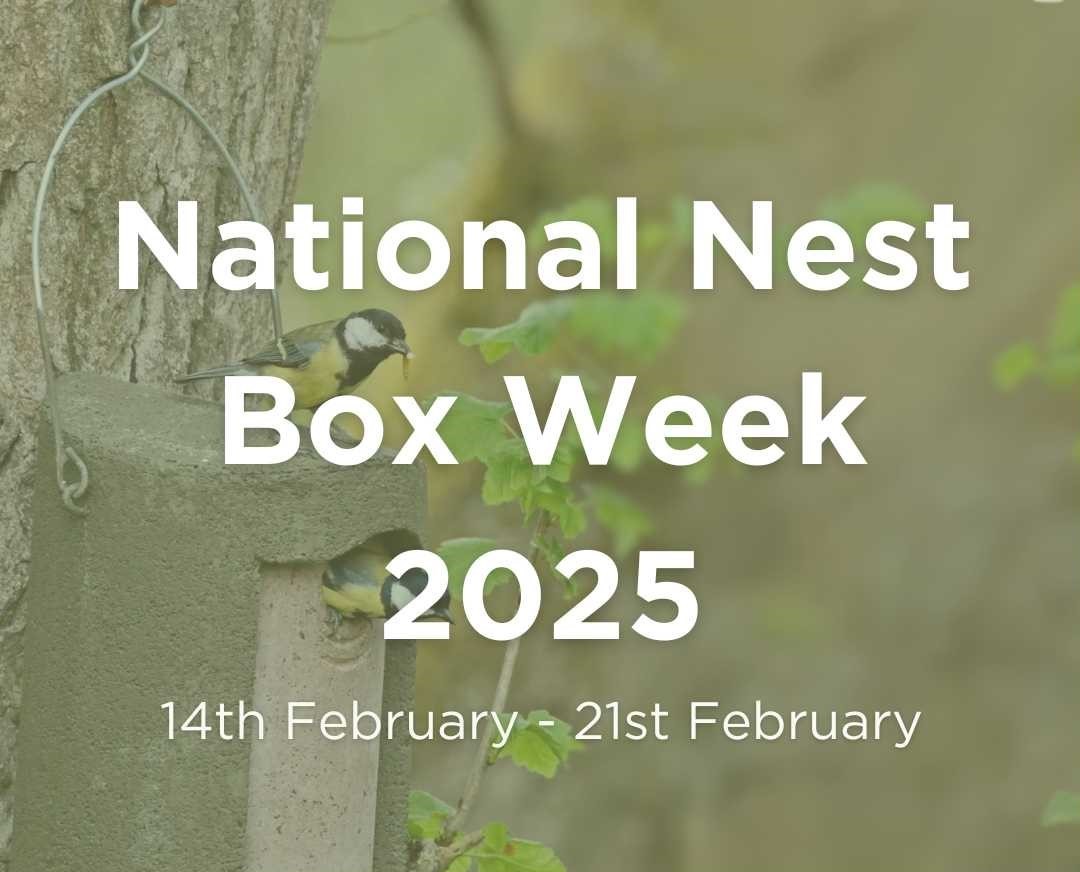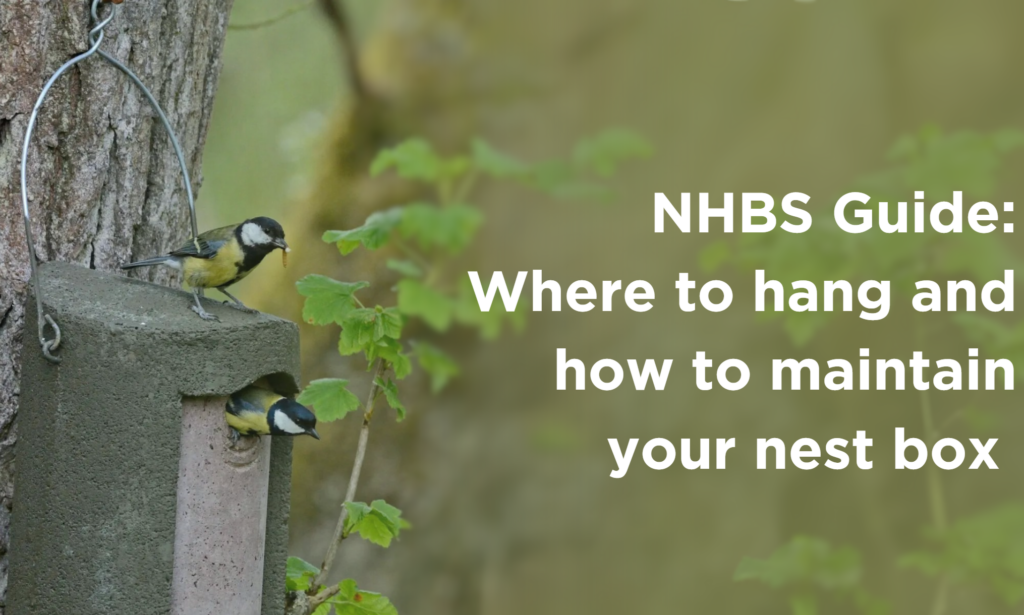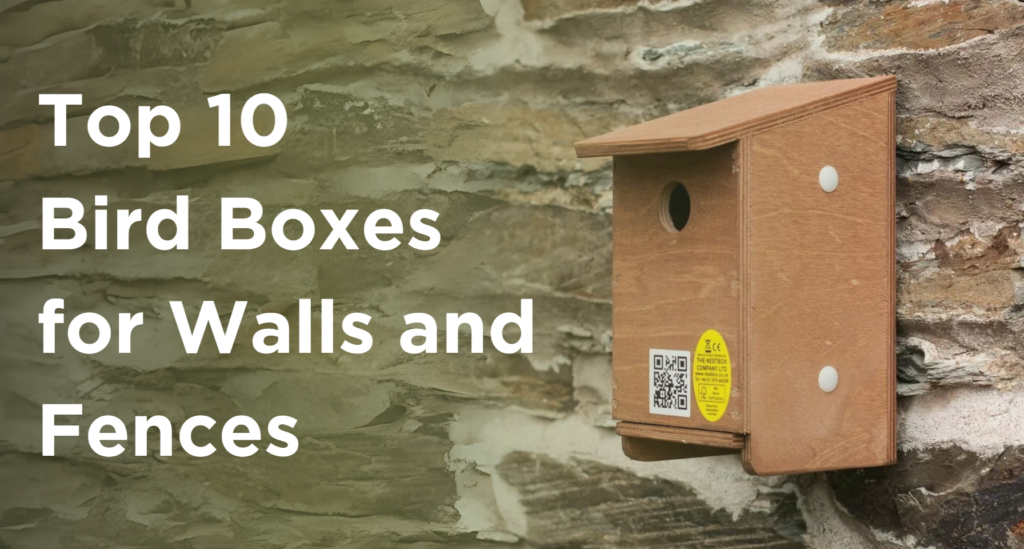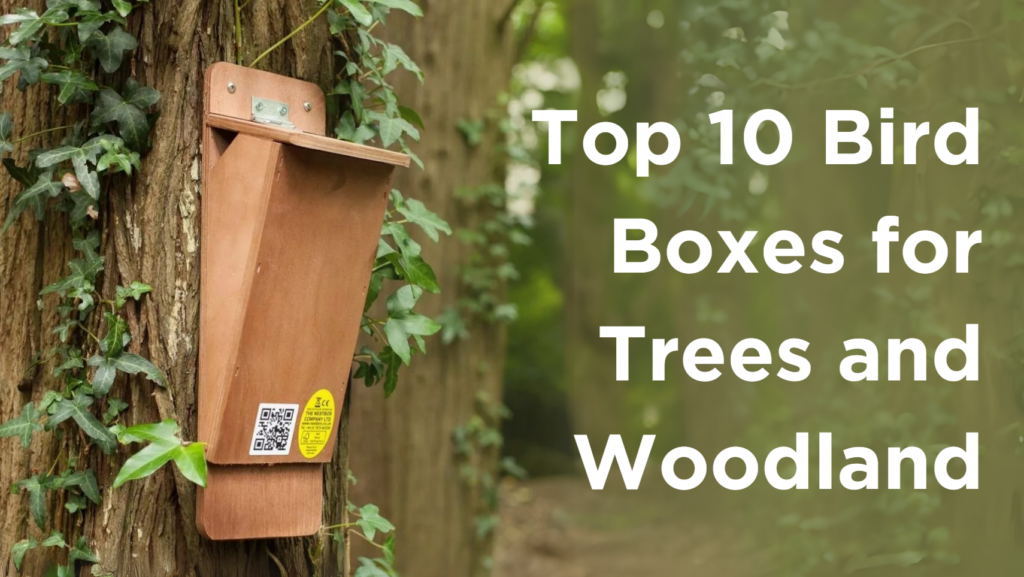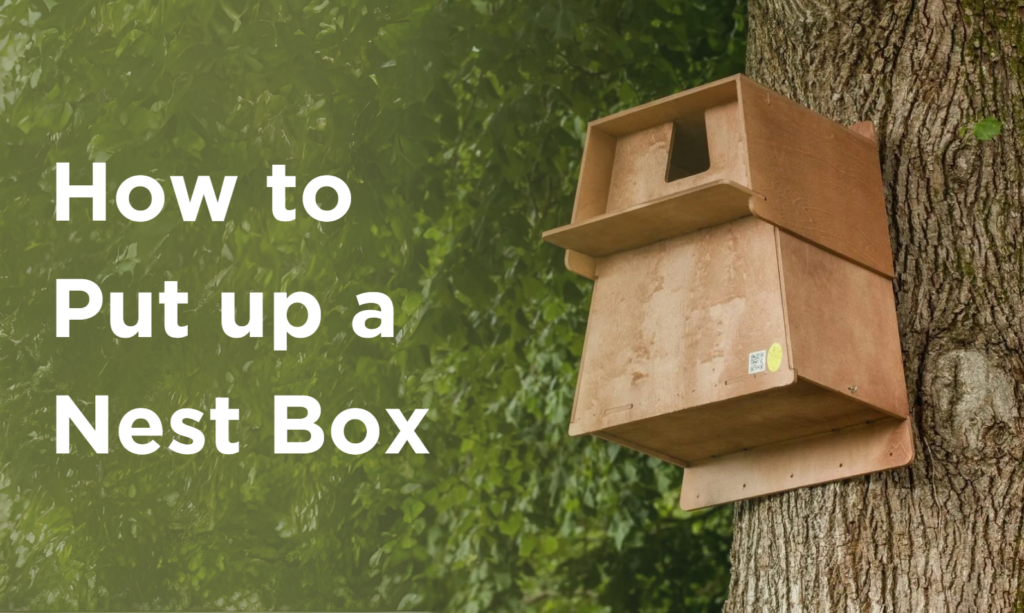Friday 14th February marks the start of National Nest Box Week. With widespread population declines due to habitat loss and urbanisation, National Nest Box Week presents us with the perfect opportunity to provide habitat for local birds, boosting breeding success and contributing to the enhancement of biodiversity in our green spaces.
Mid-February marks the start of the breeding season for many British bird species, with many beginning to actively seek new territory and suitable nesting sites. Nest Box Week is a great time to install a new nest box or do some maintenance on any existing boxes. By providing artificial nesting sites, we can assist species such as Robins, House Sparrows, and Swifts, while simultaneously raising public awareness about the diverse range of birds that benefit from these resources.
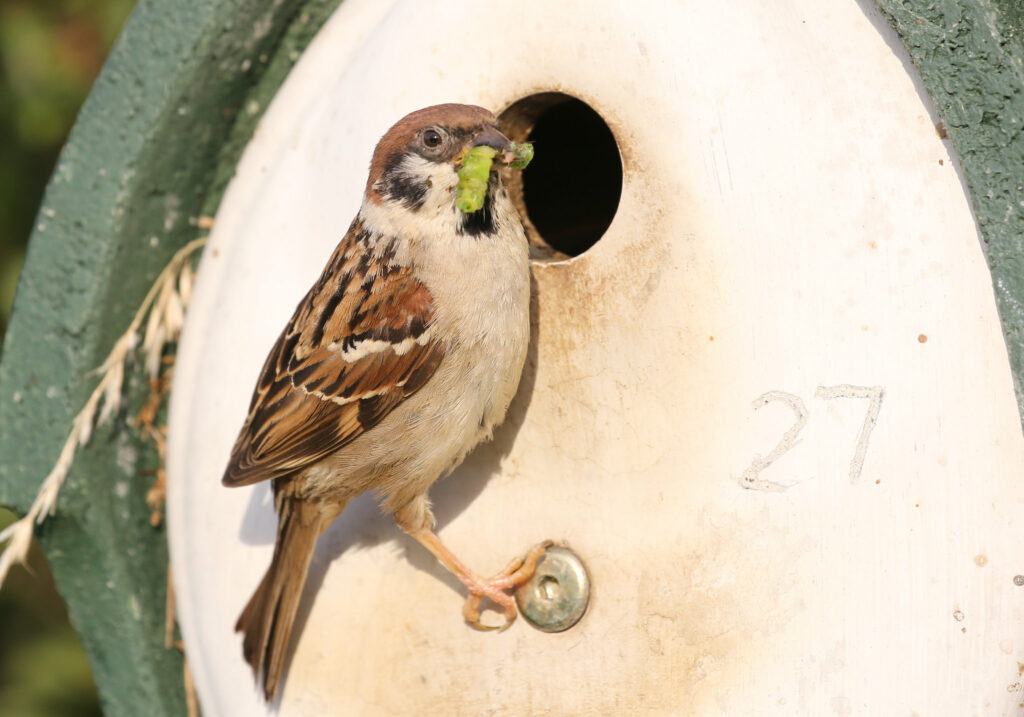
Here are some ways to get involved in National Nest Box Week:
- Install a nest box in an outside space, garden or balcony
- Plant native flora and provide access to fresh, clean water to keep your garden bird-friendly
- Support bird conservation organisations by donating, volunteering or sharing their work
- Encourage friends and family to get involved in supporting their local wildlife
Garden Bird Species
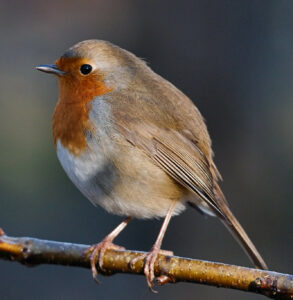
Robins are a familiar sight in UK gardens and are easily recognised by their bright red breast and cheerful song. They prefer open-fronted nest boxes, often tucked away in hedges or shrubs, to mimic their natural nesting preferences in sheltered crevices and vegetation.
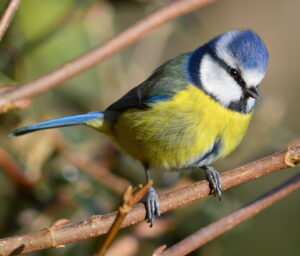
Blue tits are small, vibrant birds common across the UK that are often seen flitting through gardens and woodlands. They prefer small, enclosed nest boxes, hung high to mimic their natural nesting sites in tree cavities.
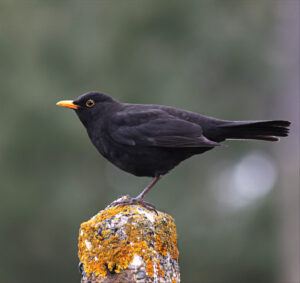
With their distinctive yellow beak and melodious song, Blackbirds are a common sight in various habitats across the UK. They prefer open-fronted nest boxes, at a slightly higher location, tucked away amongst dense vegetation or climbing plants for added security.
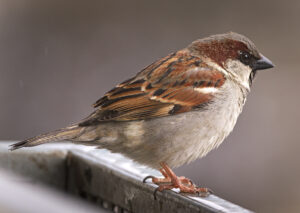
Common in UK gardens and urban areas, Sparrows prefer nest boxes with a small entrance hole, placed high up on walls or under the eaves of houses, mimicking their natural nesting sites in crevices and holes in buildings.
Why is National Nest Box Week important?
Increasing urbanisation, human development and changing land-use have had devastating impacts on bird populations in the UK. A loss of natural nesting habitats has introduced extra challenges for rearing young, and nest boxes provide nesting birds with vital habitat to rear chicks – helping to mitigate the impacts of habitat loss which is essential for supporting local bird populations.

